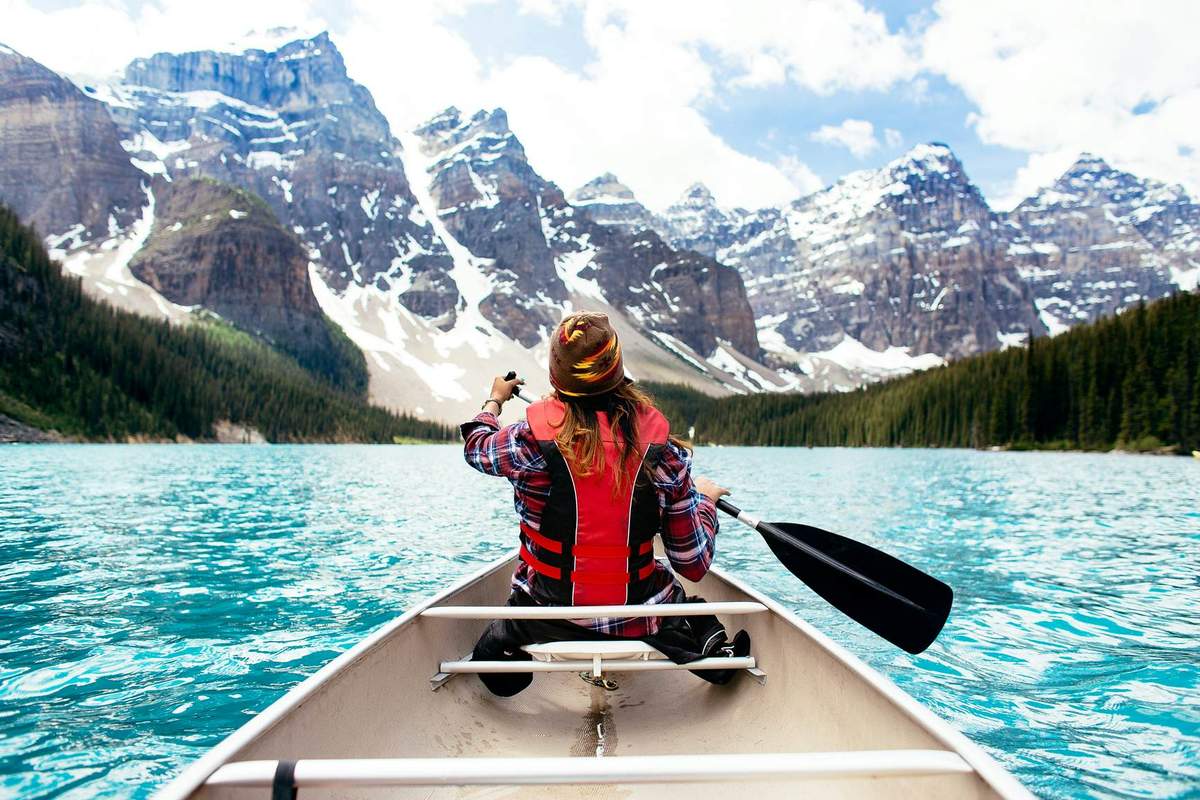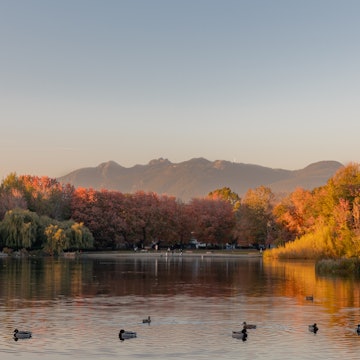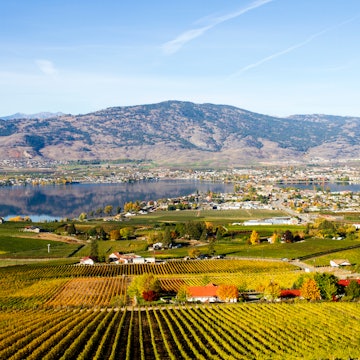

The PEAK 2 PEAK Gondola in Whistler, British Columbia. Jing Zhong/Shutterstock
Based on tourist data, July is the most popular month to visit British Columbia (BC) while January inspires the least enthusiasm among international visitors. Not surprisingly, most travelers tend to follow the sun and come in the spring or summer. In Canada, this is loosely defined as the period between Victoria Day (the penultimate Monday in May) and Labor Day (the first Monday in September). The benefits of these times? Everything’s open and the landscape teems with wildlife, foliage and adventure opportunities. The caveats? There are way more people and prices can be significantly higher.
Weather-wise, the province can be split into three climatic regions. The west coast experiences mild, wet winters and cool, dry summers; the interior is prone to more extreme temperatures (colder in the winter and hotter in the summer); while the north has an elongated winter and a much shorter summer.
Here are a few pointers to help you determine which season suits you best.
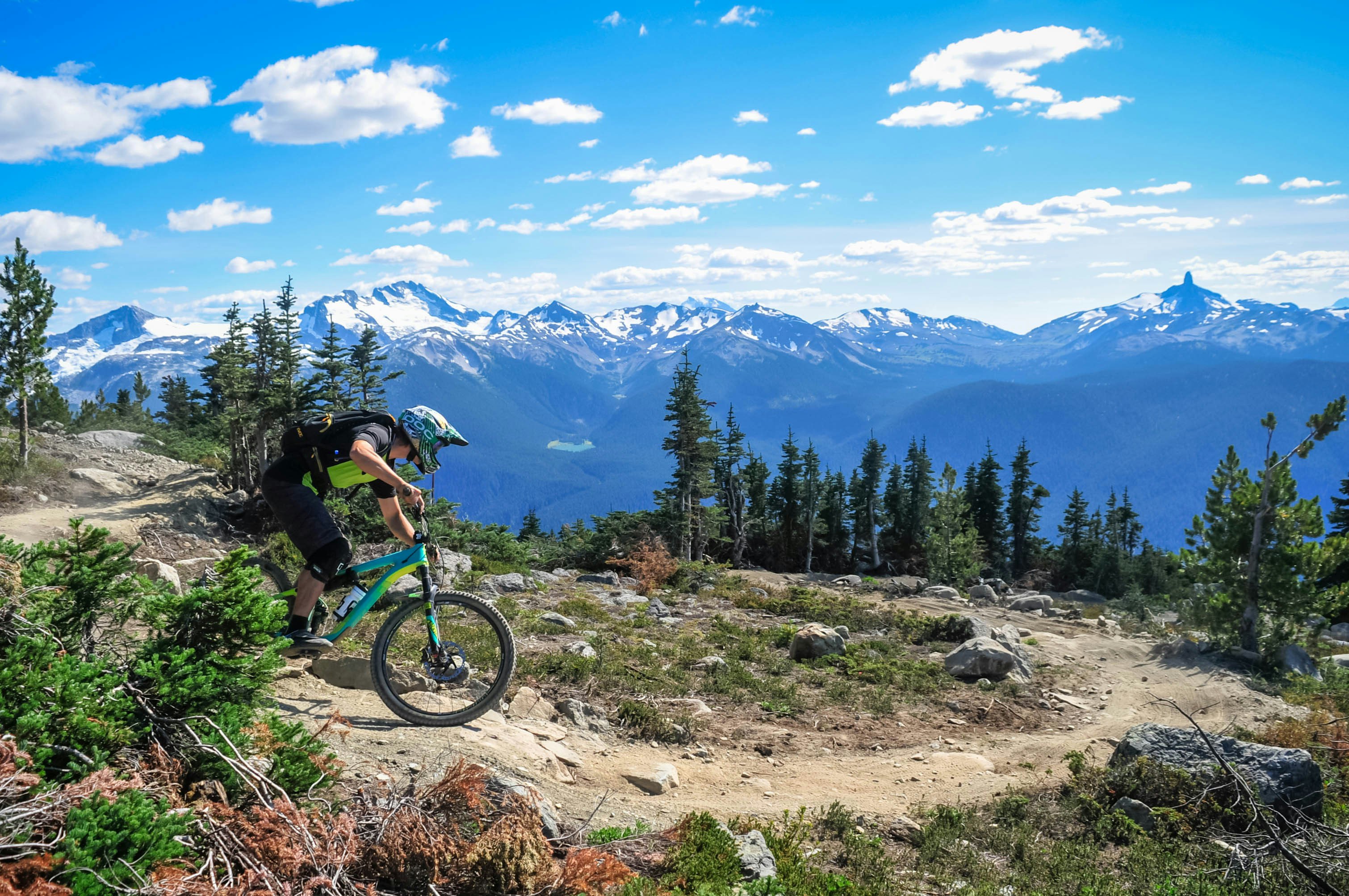
June to August is the driest, warmest time to visit
BC is open for summer business from Victoria Day onwards. This includes national park offices, Whistler’s Mountain Bike Park, the Grouse Grind, the West Coast Trail, Golden’s Skybridge, and most other parks and institutions.
Summer is ideal for hiking, biking, rock-climbing, kayaking and numerous other water activities, although, if you’re swimming, lake and sea temperatures don’t fully warm up until mid-July.
For above-the-tree-line hikes, such as the Howe Sound Crest Trail on Vancouver’s North Shore, Panorama Ridge in Golden Ears provincial park or the Heather Trail in Manning Park, August and September are reliable months. Snow can linger at higher elevations until early July. The alpine flowers that embellish mountain meadows in places like Revelstoke and Mt Assiniboine are at their most fulsome in late July and early August.
Summer brings a storm of festivals including the province’s largest, the Vancouver International Jazz Festival, held in late June.
One downside of summer – aside from astronomical hotel prices in places like Whistler – is the mosquitoes that begin to emerge in late-May and can persist into July and August, especially at elevations below 1000m (3280ft).
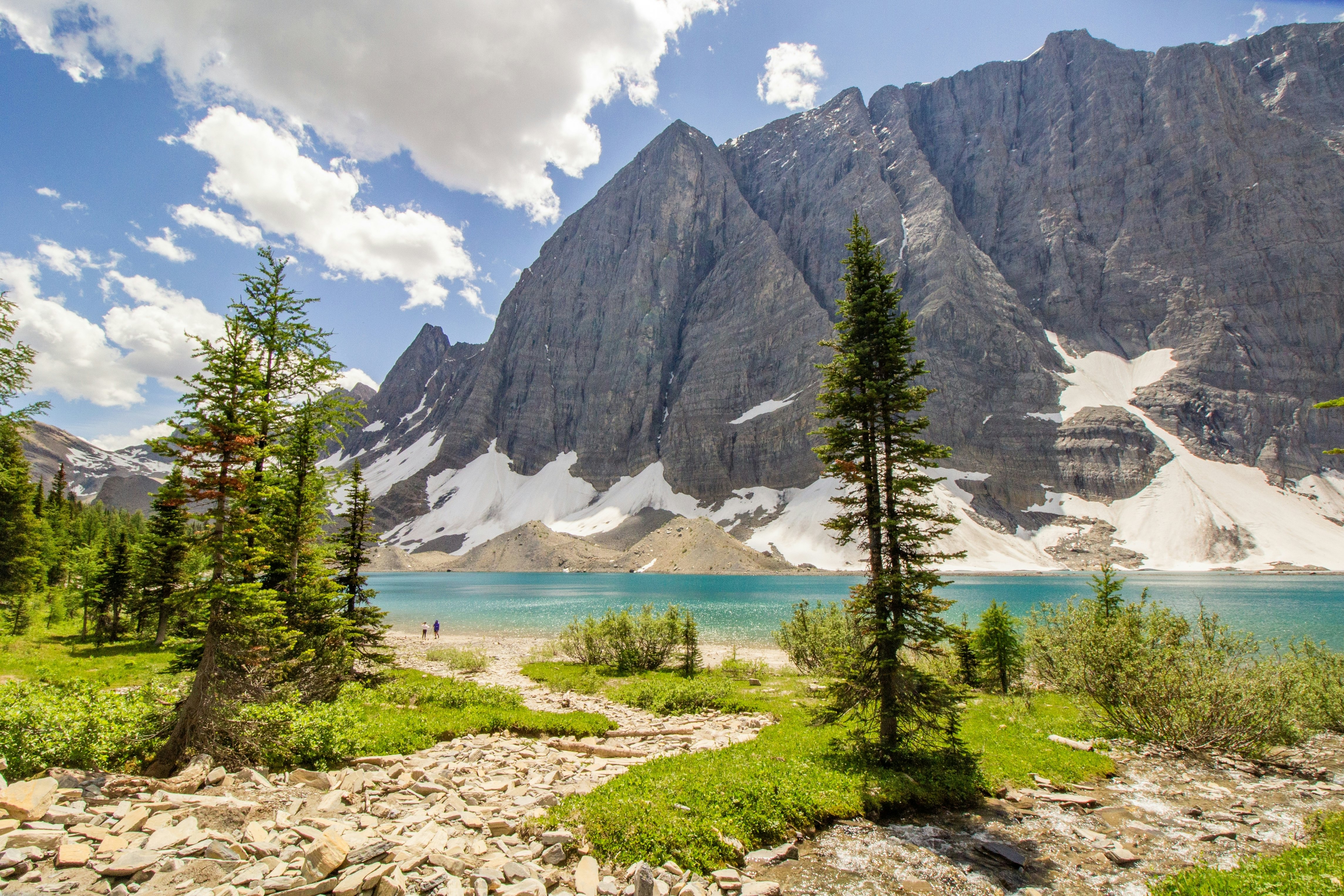
Go in late September and early October for hiking and biking
With snow usually holding off until late October, and sometimes even into November, hiking and biking are possible in the late summer and early autumn particularly in milder coastal areas like the Sunshine Coast, Squamish and Cumberland on Vancouver Island.
The West Coast Trail backpacking route is officially open until September 30 while most of Vancouver’s North Shore Mountains are hikeable until early October and beyond. The same goes for the Sunshine Coast Trail further north. Just be sure to factor in the shorter days (it starts getting dark by 7pm in early October), cooler temperatures and higher chance of rain.
While “fall colors” is normally considered an east coast phenomenon, BC has a significant stash of larches that start turning a syrupy shade of yellow in mountain regions by early autumn. Kootenay National Park is an ideal place to see these deciduous conifers from mid-September to early-October.
September is the harvest season for grapes in the Okanagan wine region. It’s a good time to visit to see the fruit being picked and pressed after the extreme heat of the summer.

November is a good month for bird- and storm-watching
With its long, forest-lined beaches facing the open Pacific, Tofino, on the west coast of Vancouver Island is a prime storm-watching destination. The winds start getting up in late October with the best tempests breaking in November and carrying on until early February.
The Wickaninnish Inn on Chesterman Beach offers special three-night storm-watching packages between November and March that include complementary oilskins, coffee tumblers and wine and cheese.
During windows of calmer weather, southwestern BC is a superb place to view migratory birds, especially in the sheltered mud flats of the Fraser River Delta in Vancouver’s Lower Mainland. The George C. Reifel Migratory Bird Sanctuary near Vancouver airport is considered one of the best viewing spots in the province. Key migrants to look out for include sandhill cranes, black-bellied plovers and large flocks of lesser snow geese.
November sees an increase in murmurations – giant flocks of birds making patterns in the sky – in Delta and Mud Bay just south of Vancouver.
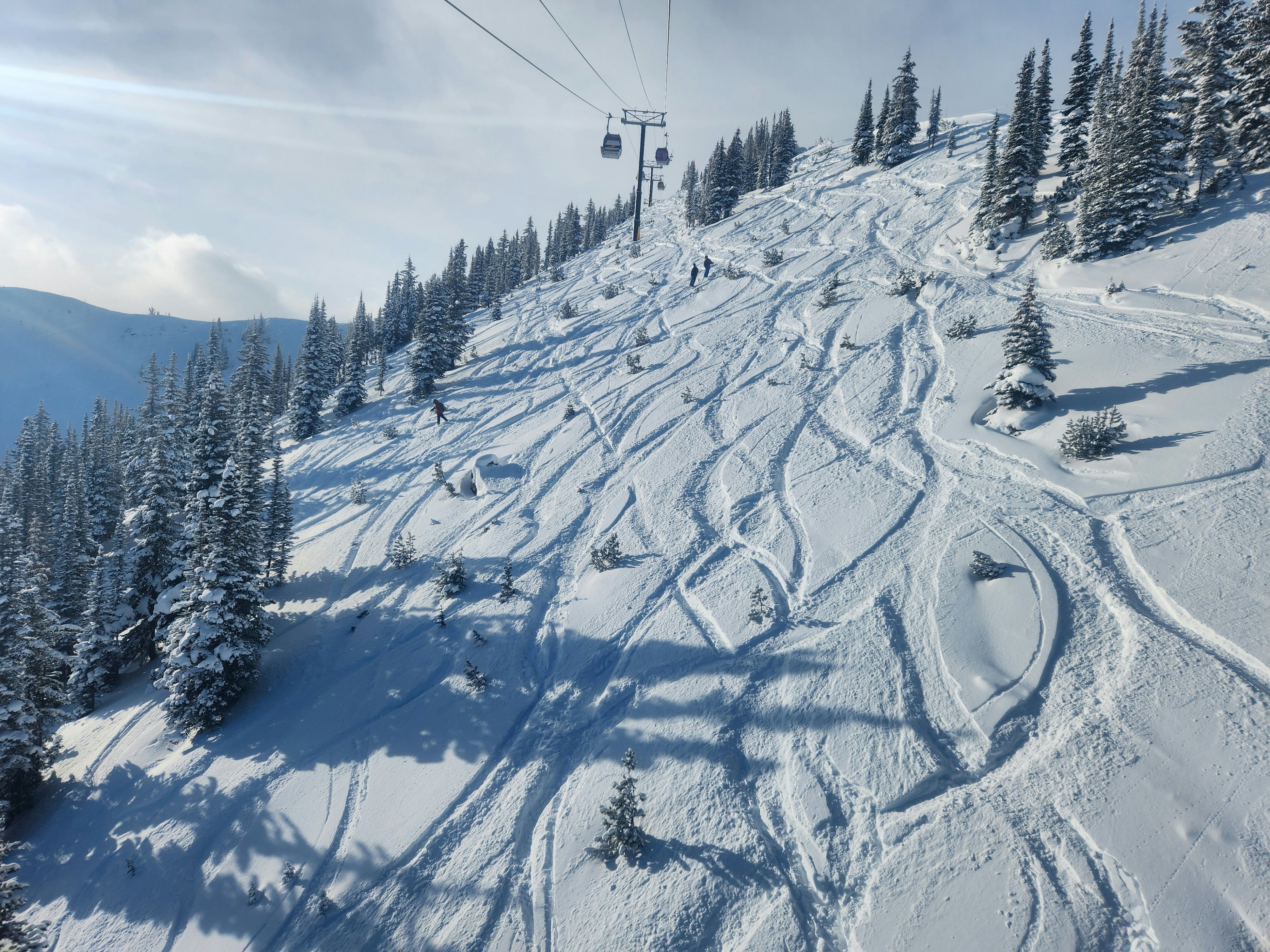
Early December to early March is prime ski season
While some destinations shut up shop in the winter months, much of BC morphs into a winter sports playground spearheaded by 13 major ski resorts and 25 ski areas. Whistler Blackcomb is the largest resort by far and generally opens for business in the last week of November, snow permitting. Other big hitters include Sun Peaks north of Kamloops, Revelstoke Mountain in the Rockies and Kicking Horse Mountain near Golden.
The best months for snow are December and January when the slopes around Whistler receive over 100cm (39in) of precipitation. Kicking Horse Mountain gets a similar amount. Mt Washington on Vancouver Island trumps both with over 125cm (49in).
A secondary attraction in the winter is the northern lights. You’ll have to brave frigid temperatures and head north to see this psychedelic phenomenon, best glimpsed between December and March. Dawson Creek, at mile zero of the Alaska Highway, is one of the most popular viewing hubs.
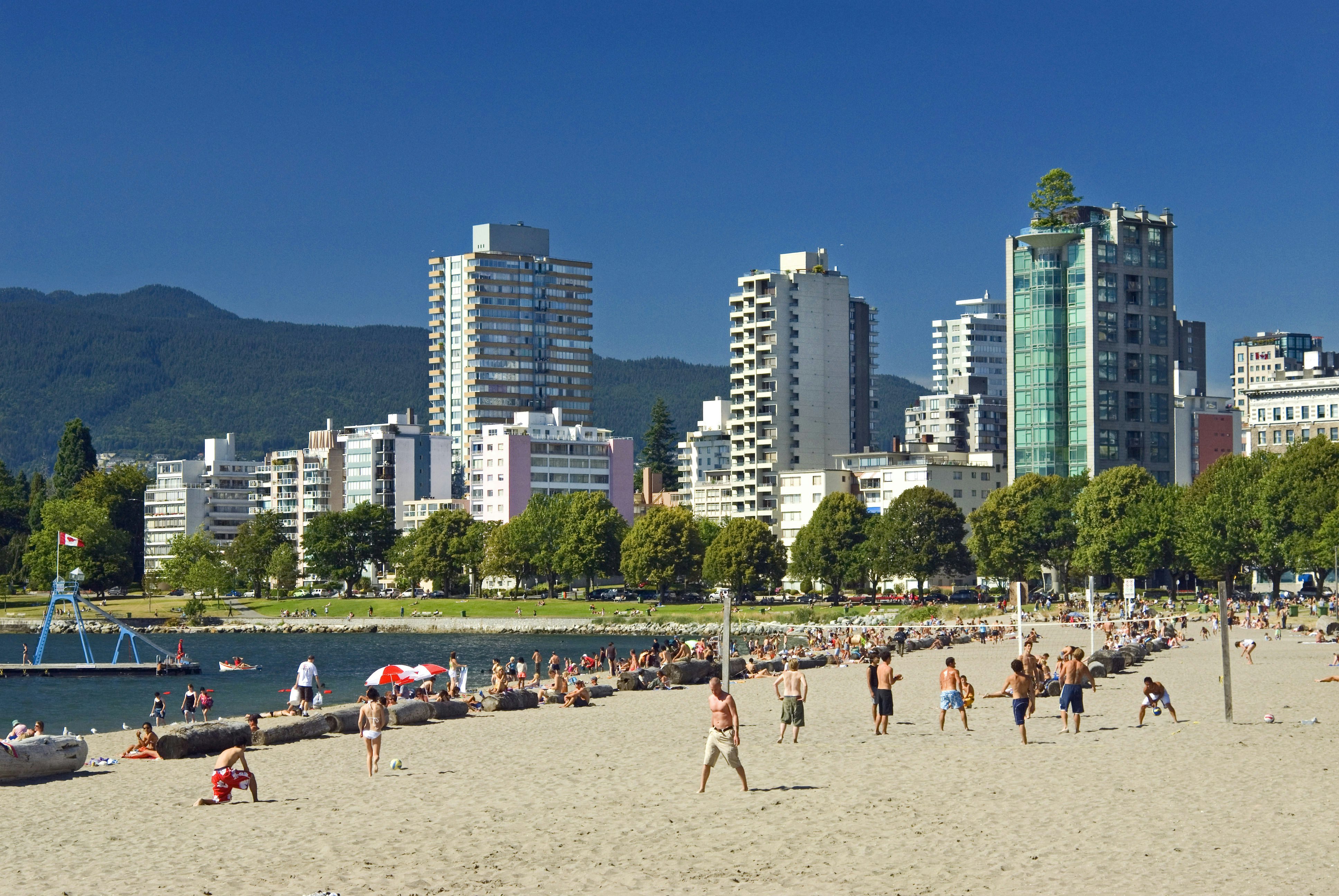
In April and May you can sometimes ski and sunbathe
The old adage is true. In early April in Vancouver – weather permitting – it’s possible to ski in the morning and hit the beach in the afternoon. The skiing is courtesy of Cypress Mountain, which usually remains open until the second week in April. The sand can be found in Stanley Park or on English Bay Beach. Hiking is another realistic proposition along the lower portions of the Baden Powell trail on the North Shore. Average temperatures for Vancouver in April are around 13°C (55°F), but it can sometimes break 20°C (68°F), perfect for a bit of stand-up paddleboarding.
The ski season lasts until early to mid-April in most places in BC. The exception is Whistler where one of its two ski mountains is always kept running until mid-May. Accommodation prices drop noticeably during these spring months.






